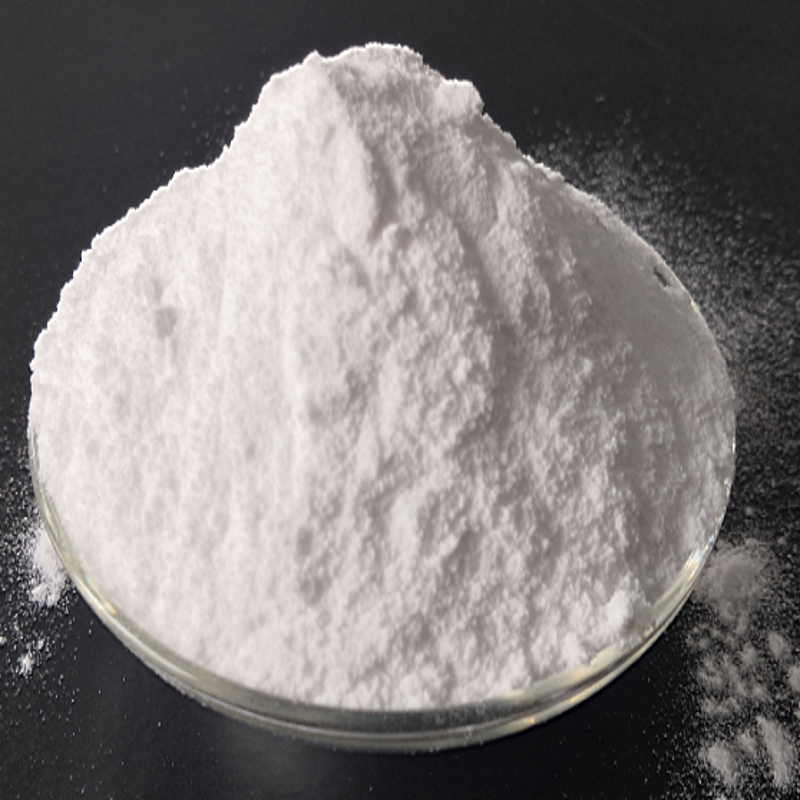-
Categories
-
Pharmaceutical Intermediates
-
Active Pharmaceutical Ingredients
-
Food Additives
- Industrial Coatings
- Agrochemicals
- Dyes and Pigments
- Surfactant
- Flavors and Fragrances
- Chemical Reagents
- Catalyst and Auxiliary
- Natural Products
- Inorganic Chemistry
-
Organic Chemistry
-
Biochemical Engineering
- Analytical Chemistry
- Cosmetic Ingredient
-
Pharmaceutical Intermediates
Promotion
ECHEMI Mall
Wholesale
Weekly Price
Exhibition
News
-
Trade Service
Despite the rapid development of electric vehicles, the dendritic crystals of lithium-ion batteries have multiple branches, which can easily cause electric vehicle batteries to catch fire, and safety is really worrying
.
Recently, South Korean researchers have used semiconductor technology to improve the safety of
lithium-ion batteries.
The Korea Research Institute of Science and Technology team, led by Dr.
Lee Joong-ki of the Energy Storage Research Center, successfully inhibited the growth
of dendritic crystals by forming a protective semiconductor passivation layer on the surface of the lithium electrode.
To prevent the formation of dendrite, the team exposed fullerenes to plasma, resulting in the formation of a semiconductor-passivated carbonaceous layer
between the lithium electrode and the electrolyte.
The semiconductor-passivated carbonaceous layer allows lithium ions to pass through while blocking electrons due to the creation of Schottky barriers and preventing electrons and ions from interacting on the surface and inside of the electrode, thereby preventing lithium crystal formation and dendrite growth
.
The stability of electrodes with semiconductor passivation carbide layers was tested in extreme electrochemical environments using lithium-symmetric cells, where typical lithium electrodes remained stable over charge/discharge cycles of up to 20 times; The stability of the newly developed electrode is significantly enhanced, and the growth of lithium dendrites is inhibited
during up to 1200 charge-discharge cycles.
In addition, in addition to the developed electrodes, the use of lithium cobalt oxide cathodes maintains approximately 81% of the initial battery capacity after 500 cycles, which is approximately 60%
higher than conventional lithium electrodes.







